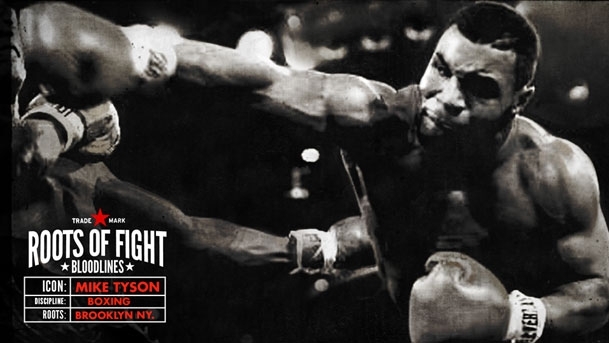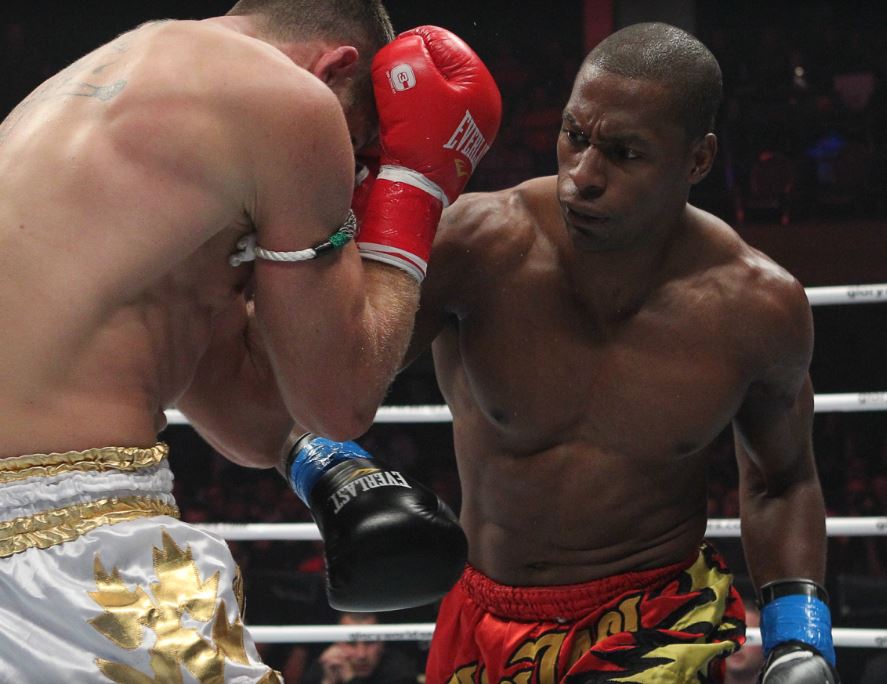Australia’s Hardys is Killing It at Every Price Point!
Hardys is one of the largest wine brands in the world. They’re so big, in fact, that each day more than two million glasses of Hardys wines are consumed worldwide. It’s no surprise, as they make a lot of wine from a variety of grapes in a broad array of styles, all sold at prices to accommodate just about any budget. I recently had the opportunity to taste a cross-section of their portfolio alongside their chief winemaker Paul Lapsley. He manages a team of 27 winemakers across their vast array of brands. Here’s a look at three of my favorite wines from the evening that, quite frankly, I think everyone should be drinking.

The Hardys 2012 William Hardy Chardonnay was produced from fruit sourced in several different Australian regions; the bulk however comes from Padthaway (57.2 percent) and Riverland (30.1 percent). The fruit was picked at night under cooler conditions to help maximize freshness. Fermentation took place in oak, and the finished produce was aged in stainless steel with some additional oak treatment. This offering is 100 percent Chardonnay. This wine has a suggested retail price of $17. Aromas of pineapple fill the ebullient nose of this Chardonnay. Hints of crème fraiche appear on the palate where they balance juicy peach and orchard fruit flavors. Hints of citrus lead the lengthy finish, along with baker’s spice. This wine has a crisp, clean ending that begs you back to the glass for sip after sip. This is a Chardonnay that has a bit of appealing added oak complexity. However, those notes never overshadow the glorious fruit that shines through. This is a really delicious and appealing Chardonnay.
The Hardys 2012 Nottage Hill Pinot Noir was produced from fruit sourced in South Eastern Australia. The Nottage Hill wines have been part of the overall Hardys line since 1967. This is a wine that is widely available across the country and has a suggested retail price of $13; if you shop around you’re likely to find it for a couple of bucks less. The light red hue of this wine is exceptionally pretty in the glass. Red fruit aromas abound on the nose. Strawberry flavors dominate the palate and they’re underscored by bits of red cherry; a dollop of vanilla bean is present. Black tea, mushrooms and earth are all in abundance on the finish, which has above average length for the category. This wine will pair well will an extraordinarily wide array of foods. It’s hard to find good Pinot in this price range. This one is simply a knockout for the price.

The Tintara McLaren Vale 2010 Shiraz was produced entirely from fruit sourced in the namesake region. Dating back to 1861, Tintara is one of Hardys’ oldest brands. The winery itself is located within McLaren Vale. This offering is 100 percent Shiraz. Different parcels of fruit were harvested, vinified and aged separately. Aging took place over 14 months in oak barriques. The separate lots were blended prior to bottling. This Shiraz, which is widely available, has a suggested retail price of $19; however it often sells for close to $15. Compote of dark fruit aromas fills the nose of this wine. Similar characteristics pick up on the palate where blackberry, raspberry and plum pudding spice rules the day. This is a hefty wine that is layered with layers of flavor. Coffee and chocolate characteristics lead the finish, which is long and lingering. This is a lovely example of Shiraz that is full bodied but not over the top. It’s a proportionate wine that works well on its own but excels when paired with substantial foods.
This group of wines from the overall Hardys umbrella shows off a wide swatch of what is possible in Australia. First, they are each proportionate, varietally correct offerings that will all pair nicely with appropriate food groupings. From a value standpoint they are each fairly priced and provide more than solid quality in their respective categories. The Pinot Noir however sets itself apart. More than being a good value, it’s an absolutely outstanding one. It’s quite simply one of the very best Pinot Noirs in the ever popular $10 to $15 price bracket. There are tons of Pinot selections in this category; nevertheless precious few of them can match the quality of the Hardys Nottage Hill Pinot Noir. If you’re looking to buy a case or two as a house wine to keep on hand for everyday drinking, this Pinot is an absolutely perfect choice. At $13 or less a bottle you’re practically stealing it. Hardys has a host of other wines besides this trio. They are proportionate wines that are true to their varietal. Don’t hesitate to buy anything with their name on it, for it’s a sign of quality and value.
Check out Gabe’s View for more wine reviews, and follow Gabe on Twitter!
You can follow us on Twitter and Facebook for content updates. Also, sign up for our email list for weekly updates and check us out on Google+ as well.















